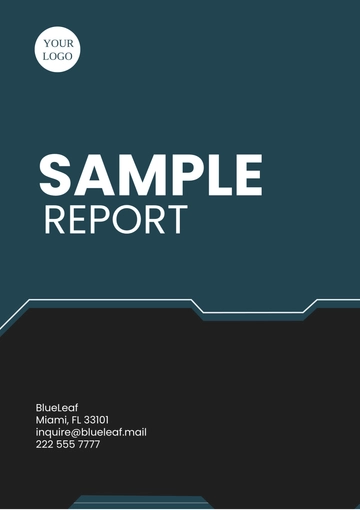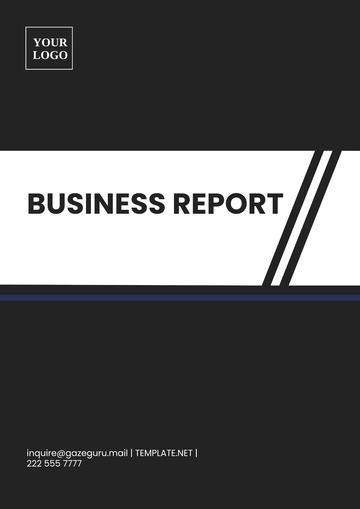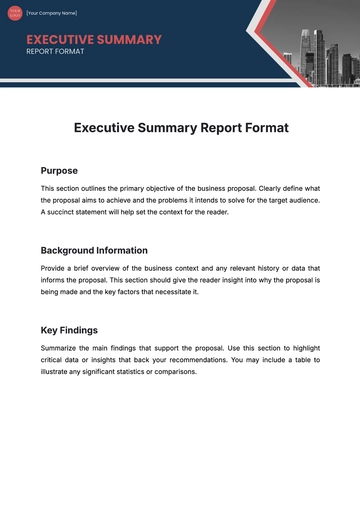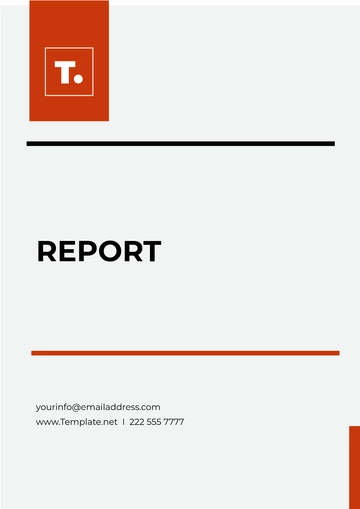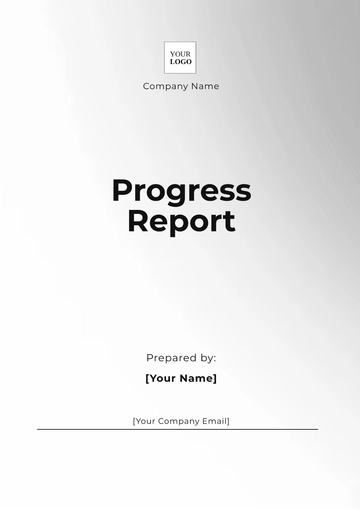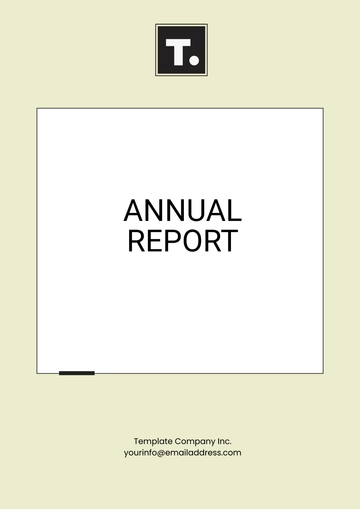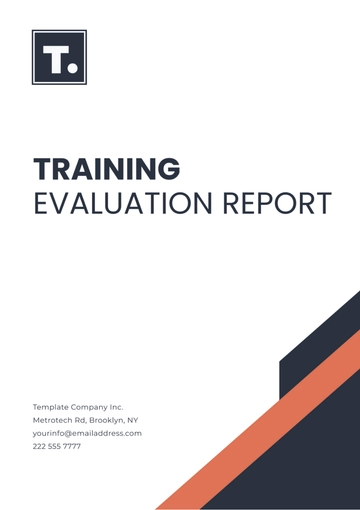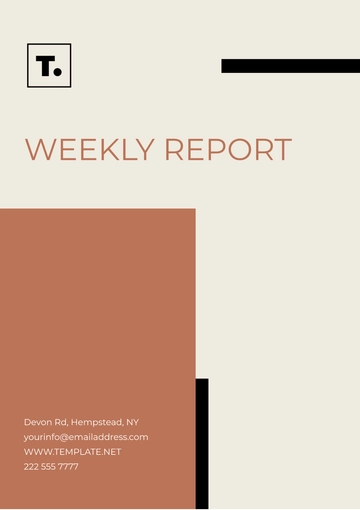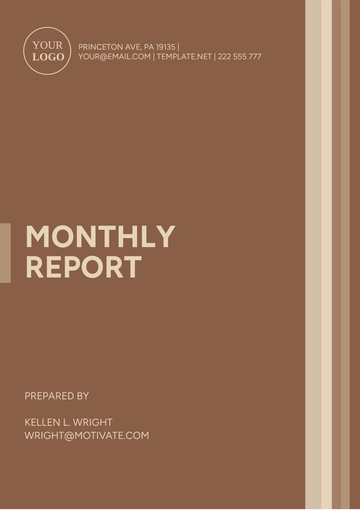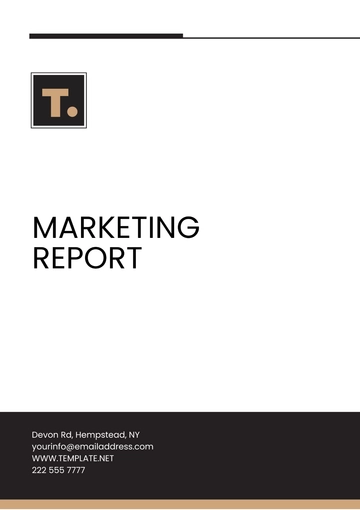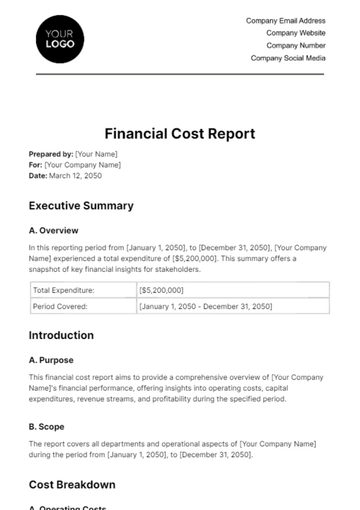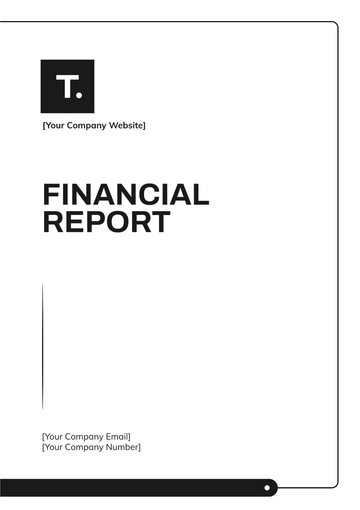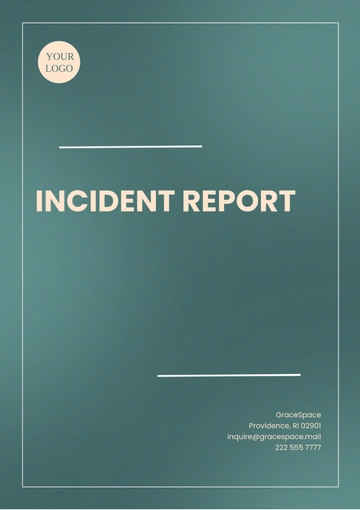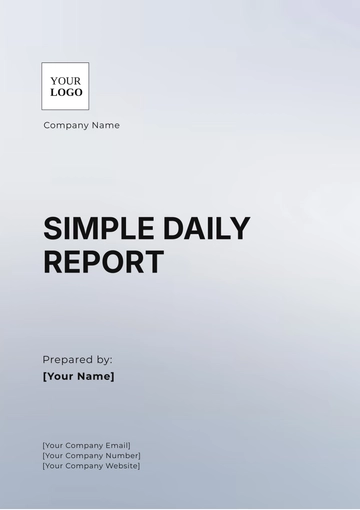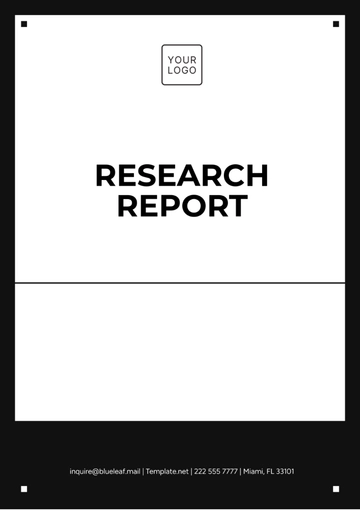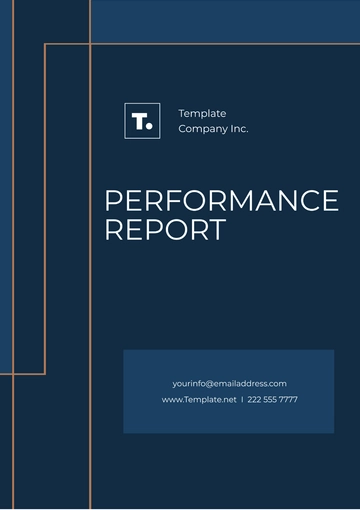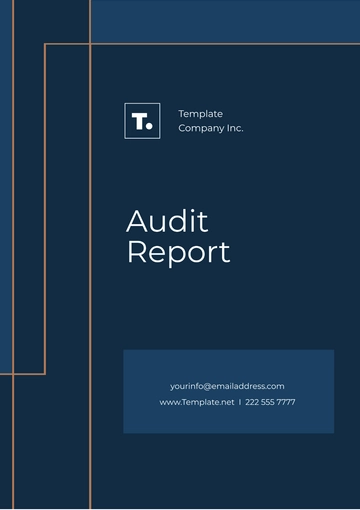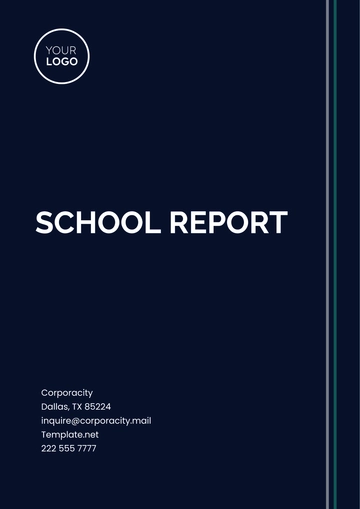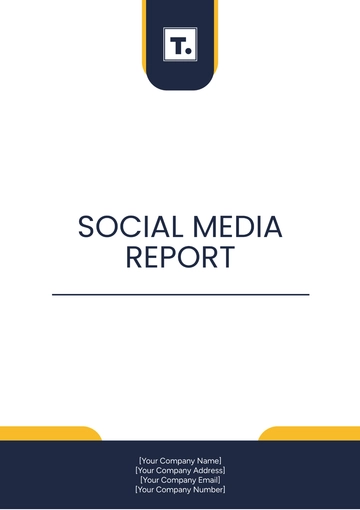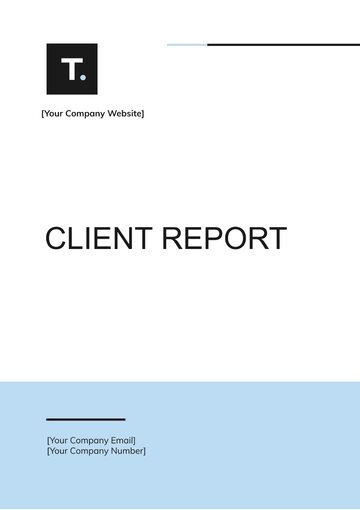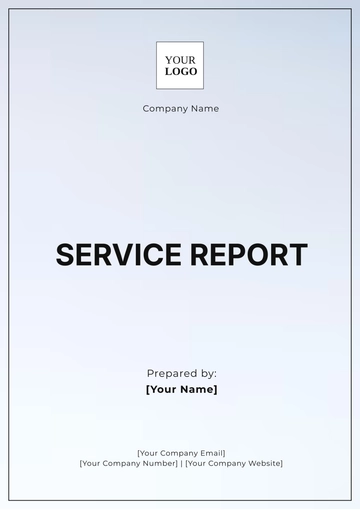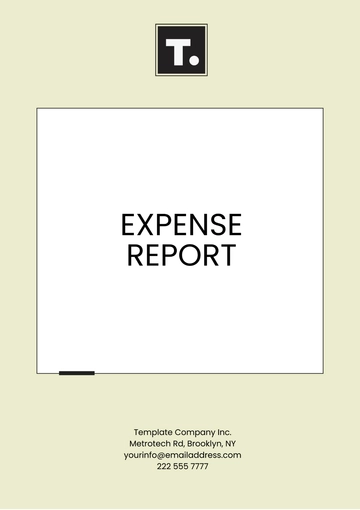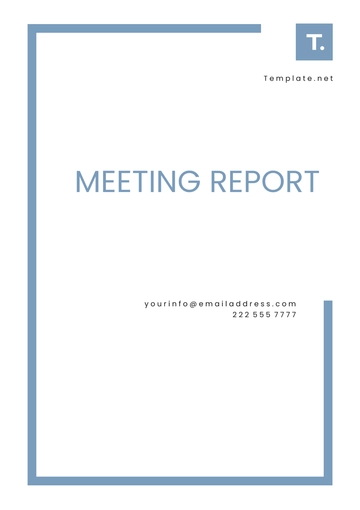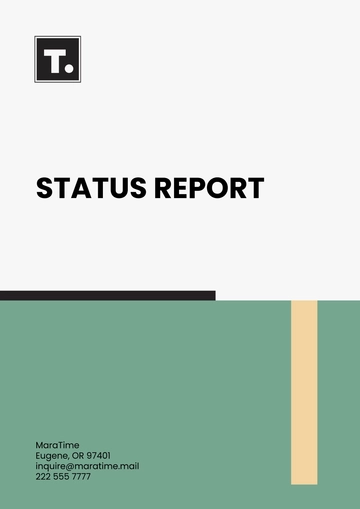Free Legal Employment & Labor Risk Management Report

I. Executive Summary
The Legal Employment & Labor Risk Management Report offers a comprehensive evaluation of [Your Company Name]'s current employment practices and associated legal risks. Through meticulous analysis, this report identifies potential areas of vulnerability and provides actionable recommendations for mitigating these risks effectively. By addressing these issues proactively, [Your Company Name] can minimize the likelihood of costly litigation and regulatory penalties while fostering a positive workplace culture.
II. Introduction
The organization in question, hereinafter referred to as [Your Company Name], has been recognized as a prominent entity within the Technology sector. A key part of [Your Company Name]'s commitment involves adhering to all applicable employment laws and regulations which are enforced at the federal, state as well as local levels within the United States. The particular purpose of the report at hand is to carry out an in-depth assessment of the current employment policies and practices used by [Your Company Name]. This assessment is intended to confirm that these policies and practices are in complete alignment with all legal requirements and that they also follow the most widely respected strategies and methods in the industry.
With the insights gained through this evaluative process, [Your Company Name] has an ultimate goal of refining its risk management strategies. Moreover, these efforts are also a part of [Your Company Name]'s dedicated efforts to foster a work environment that is not only fair and supportive but also inclusive for its entire body of employees.
III. Legal Framework Overview
In the United States, the employment practices are regulated by a comprehensive legal framework, which includes a multitude of federal, state, and local laws, rules, and regulations. Notable among these statutes are the Fair Labor Standards Act (FLSA), Title VII of the Civil Rights Act, the Americans with Disabilities Act (ADA), and the Family and Medical Leave Act (FMLA), among many other enactments. Each of these legislations presents specific and non-negotiable provisions and principles which must be respected and instituted within the workplace. It is, therefore, vitally important for [Your Company Name] to develop a clear understanding of these laws and their implications, and ensure strict adherence to their provisions. This will not only facilitate the maintenance of regulatory compliance but will also effectively insulate [Your Company Name] from potential legal conflicts and disputes.
Category | Laws or Regulations |
|---|---|
Federal Laws |
|
State Laws |
|
Local Regulations |
|
IV. Employment Policies and Procedures
Review of Employee Handbook and Policies
The employee handbook plays a pivotal role as a key document. This document outlines the commitment of [Your Company Name] to ensure fairness and equity in all employment practices. It serves as a testament to the organization's dedication to upholding just and balanced workplace policies. The handbook stands as a crucial point of reference, demonstrating [Your Company Name]'s unwavering resolve to maintain a level playing field in the professional arena.
The contents provided in the sample include a variety of comprehensive policies. These policies cover a wide range of issues that are relevant to employment and the workplace environment. One of the included policies is the equal employment opportunity policy which ensures that everyone gets a fair chance in employment regardless of their gender, race, religious beliefs, or other irrelevant factors. Also included is an anti-discrimination policy that proactively prohibits any form of unfair treatment or prejudice towards any employee. There is a harassment prevention policy designed to prevent and address any forms of harassment in the workplace. The sample also provides a code of conduct policy, which outlines the expected behavior and professional conduct from employees.
Lastly, there is a comprehensive policy on employee benefits that states what employees are eligible to receive, such as health insurance, retirement plans, and vacation days, among others.
It is absolutely necessary that the handbook undergoes regular reviews and updates. This is to guarantee its compliance with ever-evolving legal standards, the values of the organization, and best practices within the industry. Furthermore, this will engender a clear understanding and maintain consistency regarding the expectations and rights of employees. This continuous process is vital in order to keep everything in line with the changing dynamics.
V. Hiring Practices
Recruitment Processes
Job Postings and Recruitment Channels
The recruitment processes implemented by [Your Company Name] were meticulously evaluated and assessed. This careful observation was conducted in order to ensure that they strictly conform to the laws and regulations outlined by the Equal Employment Opportunity (EEO). These regulations were put in place to advocate for diversity and inclusivity in the process of selecting candidates for various roles. The goal is to eliminate workplace discrimination and promote equal opportunities for all, thus making [Your Company Name]'s recruitment processes as fair and inclusive as possible.
Sample contents encompass job postings crafted to emphasize equal opportunity employment and strategic outreach efforts targeting diverse candidate pools.
When [Your Company Name] adopts and implements practices related to inclusive recruitment, it allows the organization to considerably enrich its pool of talent. Inclusive practices draw a variety of individuals, each with their own distinct skills and experiences, which can be greatly beneficial to the organization. Furthermore, such an approach significantly heightens the reputation of [Your Company Name] as an employer. This is because it demonstrates a firm commitment to encouraging diversity within the workplace and provides equal opportunities for all people who wish to apply, regardless of their backgrounds. Thus, implementing inclusive recruitment practices serves dual purposes - enhancing the talent pool and improving the employer's reputation.
VI. Discrimination and Harassment Prevention
Policies and Procedures
The in-depth and thorough assessment of the policies and procedures pertaining to the prevention of discrimination and harassment within [Your Company Name] reflects its commitment towards nurturing an atmosphere of respect and inclusivity within the workplace. The rigorous analysis of these guidelines emphasizes the organization's dedication towards maintaining a professional environment that thrives on mutual respect among all its employees, thereby reinforcing the organization's pledge to uphold a workplace culture that is respectful and inclusive in its true essence.
Sample contents encompass clear definitions of prohibited conduct, robust reporting procedures, and well-defined disciplinary measures for violations, ensuring swift and equitable resolution of complaints.
Providing comprehensive training to employees and managers on these policies, coupled with regular reinforcement and communication, serves as a cornerstone in cultivating a culture of mutual respect, dignity, and fairness among all members of the workforce.
VII. Wage and Hour Compliance
Classification of Employees
Conducting a thorough and detailed examination of how [Your Company Name] categorizes its employees as either exempt or non-exempt under the guidelines provided by the Fair Labor Standards Act (FLSA) can showcase the extent of the organization's dedication towards abiding by wage and hour laws. This analysis can also highlight the organization's promotion of fair labor practices, demonstrating how it prioritizes the welfare and legal rights of its employees.
Sample contents include meticulously documented job descriptions, transparent salary structures, and comprehensive overtime pay policies tailored to comply with legal requirements.
Conducting periodic audits of employee classifications and compensation practices underscores [Your Company Name]'s dedication to ensuring equity, transparency, and compliance in all aspects of wage and hour management.
VIII. Employee Benefits and Leave Management
Compliance with ERISA and FMLA
A thorough examination of [Your Company Name]'s employee benefit plans and leave management processes underscores its commitment to supporting employee well-being and complying with regulatory mandates.
Sample contents encompass detailed benefit plan summaries, transparent eligibility criteria, and streamlined procedures for requesting and administering FMLA leave.
Ensuring consistency, transparency, and accessibility in benefit administration not only safeguards [Your Company Name]'s legal compliance but also fosters employee trust, loyalty, and satisfaction, contributing to a resilient and engaged workforce.
IX. Workplace Safety and Health
Safety Policies and Training
[Your Company Name]'s unwavering commitment to workplace safety and health is exemplified through its robust safety policies and comprehensive training programs.
Sample contents include meticulously crafted safety protocols, emergency response procedures, and engaging training materials focusing on hazard identification, prevention, and mitigation.
Regular safety inspections, coupled with ongoing training and communication initiatives, underscore [Your Company Name]'s dedication to creating a safe, healthy, and supportive work environment conducive to employee well-being and organizational success.
X. Termination and Separation Practices
Termination Policies
[Your Company Name]'s termination policies and procedures exemplify its commitment to fair and equitable treatment of employees, even in challenging circumstances.
Sample contents include well-documented performance improvement plans, transparent termination procedures, and compassionate support resources for affected employees.
Emphasizing clear communication, empathy, and procedural fairness during the termination process not only mitigates legal risks but also preserves [Your Company Name]'s reputation as an employer of choice, fostering trust, loyalty, and resilience among its workforce.
XI. Recordkeeping and Documentation
Personnel Files and Documentation
[Your Company Name]'s meticulous recordkeeping practices related to employment matters underscore its commitment to accountability, transparency, and compliance.
Sample contents encompass organized and secure personnel files, detailed performance evaluations, and comprehensive documentation of disciplinary actions and accommodations.
Establishing standardized recordkeeping procedures, coupled with regular audits and training initiatives, safeguards [Your Company Name]'s legal interests, enhances regulatory compliance, and promotes efficiency and accuracy in personnel management processes.
XII. Conclusion
The Legal Employment & Labor Risk Management Report significantly highlights the essentiality of the [Your Company Name] to take deliberate measures in tackling legal risks associated with its employment methods. The management report explicitly points the [Your Company Name] towards addressing and resolving anticipated legal issues that might result from their employment practices in order to manage risks efficiently. By taking calculated steps and integrating the proposed strategies and solutions provided in this report, the [Your Company Name] is given the opportunity to enhance its strict adherence to relevant rules and regulations.
Moreover, crafting a robust prevention strategy can aid in minimizing the chances of facing legal issues, thereby reducing potential liabilities. The introduction of these reforms will not only allow the [Your Company Name] to manage their legal risks, but also create and maintain a supportive and positive workplace environment. This accommodating atmosphere is instrumental for the promotion of employee involvement, their overall satisfaction, as well as the success of the [Your Company Name].
XIII. Appendix
The appendix contains additional resources, references, and legal citations to support [Your Company Name]'s ongoing efforts to enhance its employment practices and mitigate legal risks effectively. Sample forms, templates, and training materials are provided to assist [Your Company Name] in implementing the recommendations outlined in the report.
- 100% Customizable, free editor
- Access 1 Million+ Templates, photo’s & graphics
- Download or share as a template
- Click and replace photos, graphics, text, backgrounds
- Resize, crop, AI write & more
- Access advanced editor
Discover the ultimate solution for comprehensive risk management with the Legal Employment & Labor Risk Management Report Template from Template.net. This editable and customizable template, powered by an intuitive AI Editor Tool, streamlines the assessment of employment practices. Identify, analyze, and mitigate legal risks effortlessly, ensuring compliance with federal, state, and local regulations.
You may also like
- Sales Report
- Daily Report
- Project Report
- Business Report
- Weekly Report
- Incident Report
- Annual Report
- Report Layout
- Report Design
- Progress Report
- Marketing Report
- Company Report
- Monthly Report
- Audit Report
- Status Report
- School Report
- Reports Hr
- Management Report
- Project Status Report
- Handover Report
- Health And Safety Report
- Restaurant Report
- Construction Report
- Research Report
- Evaluation Report
- Investigation Report
- Employee Report
- Advertising Report
- Weekly Status Report
- Project Management Report
- Finance Report
- Service Report
- Technical Report
- Meeting Report
- Quarterly Report
- Inspection Report
- Medical Report
- Test Report
- Summary Report
- Inventory Report
- Valuation Report
- Operations Report
- Payroll Report
- Training Report
- Job Report
- Case Report
- Performance Report
- Board Report
- Internal Audit Report
- Student Report
- Monthly Management Report
- Small Business Report
- Accident Report
- Call Center Report
- Activity Report
- IT and Software Report
- Internship Report
- Visit Report
- Product Report
- Book Report
- Property Report
- Recruitment Report
- University Report
- Event Report
- SEO Report
- Conference Report
- Narrative Report
- Nursing Home Report
- Preschool Report
- Call Report
- Customer Report
- Employee Incident Report
- Accomplishment Report
- Social Media Report
- Work From Home Report
- Security Report
- Damage Report
- Quality Report
- Internal Report
- Nurse Report
- Real Estate Report
- Hotel Report
- Equipment Report
- Credit Report
- Field Report
- Non Profit Report
- Maintenance Report
- News Report
- Survey Report
- Executive Report
- Law Firm Report
- Advertising Agency Report
- Interior Design Report
- Travel Agency Report
- Stock Report
- Salon Report
- Bug Report
- Workplace Report
- Action Report
- Investor Report
- Cleaning Services Report
- Consulting Report
- Freelancer Report
- Site Visit Report
- Trip Report
- Classroom Observation Report
- Vehicle Report
- Final Report
- Software Report
